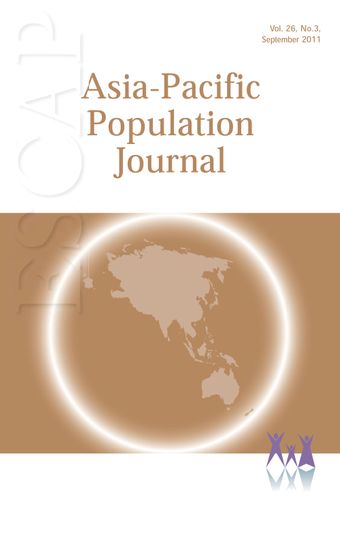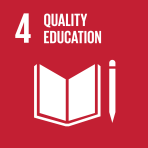-
Social impact of international migration and remittances in Central Asia
- Source: Asia-Pacific Population Journal, Volume 26, Issue 3, Oct 2013, p. 29 - 54
-
- 23 Oct 2013
Abstract
The dissolution of the former Soviet Union and the transition from a centrally planned to a market-based economy within the subregion of Central Asia has been accompanied by population movements which were unprecedented in modern history. While lack of reliable statistical data makes it difficult to assess the scope and scale of such movements in Central Asia, migration is predicted to rise substantially due to declining working-age populations in some countries, and high rates of population growth accompanied by relative economic disadvantage in others. This article attempts to explore key social issues emerging in relation to labor migration and remittances, and examines the impact of migration on communities in both countries of origin and countries of destination. It concludes with key policy recommendations, which include: instigating constructive regional dialogue on migration; focusing on gender-sensitive issues; undertaking policy measures to effectively address the needs of migrants; and creating better social protection and services for migrants and their families.
© United Nations





